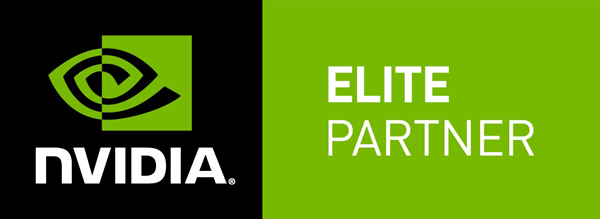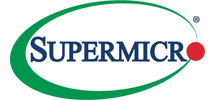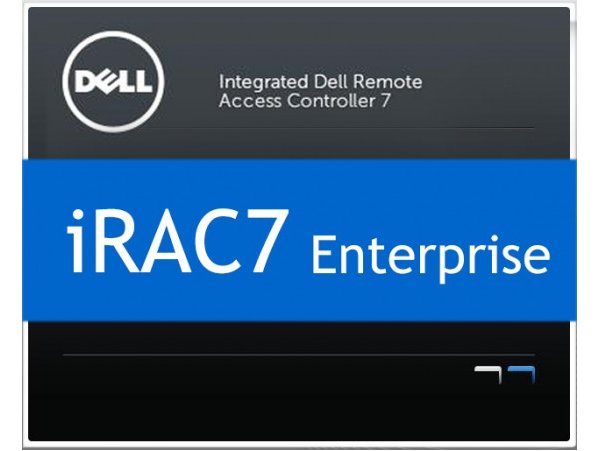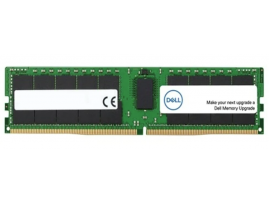-
Server
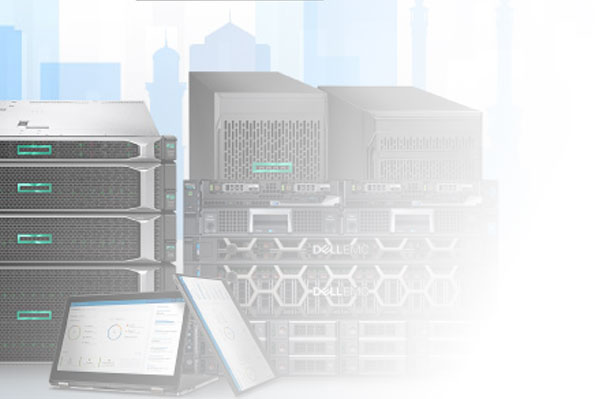 Hãng sản xuấtTheo cấu hình
Hãng sản xuấtTheo cấu hình -
Workstation
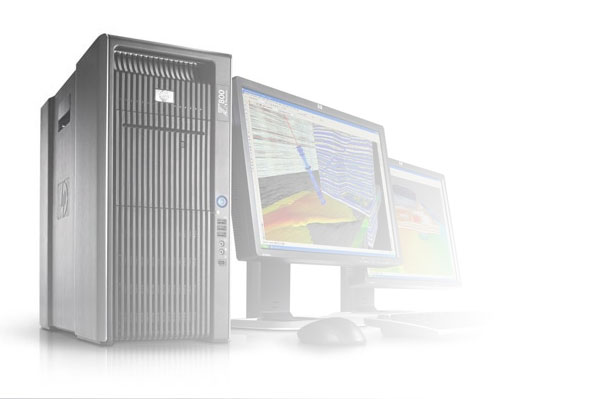 Hãng sản xuấtWorkstation
Hãng sản xuấtWorkstation - Storage
-
Parts
Hãng sản xuấtTheo dòng máy chủ
-
Networking
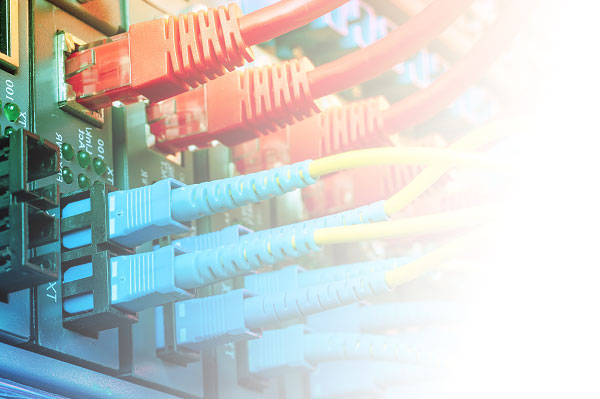 Hãng sản xuất
Hãng sản xuất - License
-
Giải pháp

- Blog
- Thông tin
- Liên hệ
Danh mục
Dell iDRAC 7 Enterprise Upgrade from Basic & Express for 12th Gen Value Platforms (200-500 series )
- Nhà sản xuất: Dell EMC
- Model No. (Chưa có)
- Tình trạng: Liên hệ đặt hàng
- 2.560.000 VNĐ
Giá trên đã bao gồm thuế VAT
NVKD sẽ liên hệ lại ngay
Thông tin sản phẩm Dell iDRAC 7 Enterprise Upgrade from Basic & Express for 12th Gen Value Platforms (200-500 series )
iDRAC7 12th
Generation licensing summary
At a high level, the features and offerings for iDRAC are similar between iDRAC6 and iDRAC7. Dell provides three main offerings: Basic Management, Express, and Enterprise. As in Dell’s 11th generation servers, Basic Management (called BMC in 11th generation) is the default for servers 200-500 series. For 600 series and above, iDRAC Express is the default offering that is part of the base configuration. It does not require a license to be installed, backed up, or managed. Express offers embedded tools, console integration, and simplified remote access.
However, most IT administrators want a deeper, more inclusive solution that allows them to manage servers as if they were physically near the Server, and this is available by upgrading to the Enterprise license level, which is fully digital.
Because all 600-series servers ship with iDRAC7 Express enabled, customers can take advantage of the features and benefits provided by iDRAC7 with Lifecycle Controller 2.0 technology. Customers with 200-500 series can also upgrade their systems to either Express or Enterprise by simply installing a license key. A physical part is required on 200-500 series to enable dedicated NIC and vFlash. Dell offers an online portal to keep track all of your iDRAC licenses; for example, which servers have Express, Enterprise, or even Trial licenses. In the unlikely event of motherboard failure, Dell also stores a copy of the key and makes it available to you in an online License Management portal
|
iDRAC7 Release
Information |
||
|
iDRAC7 2.10.10.10 |
This
release supports both iDRAC7 and iDRAC8. Please refer toiDRAC8 page
for details and download information. |
April 2015 |
|
iDRAC7 1.66.65 |
Fixed: |
12/2014 (Download) |
|
iDRAC7 1.57.57 |
UPDATE - iDRAC7 firmware
version 1.57.57 is now an URGENT update for all rack and tower-model Server
customers with Redundant Power Supply units (PSUs) This build includes:
note: this release
also contains cumulative enhancements and updates from prior releases,
including a fix for issues causing sluggish iDRAC7 response after a prolonged
period of uptime (approx 45-100 days, depending on the usage). In some cases,
if the iDRAC is not reset, it could become unresponsive and require a Server
power-off/on reset. This issue exists on firmware releases 1.50.50 through
those prior to 1.56.55). |
5/7/2014 (Download) |
NEW --
Dell iDRAC Service Module
The integrated Dell Remote Access Controller
(iDRAC) Service Module is an optional, lightweight software application that
can be installed on Dell 12th Generation Servers with iDRAC7 to provide
additional systems management information. This lightweight agent runs in the
host operating system and provides monitoring functionality similar to
OpenManage Server Administrator (OMSA). This new offering bridges the gap
between iDRAC's monitoring coverage and that which the full OMSA agent provides
today. Some of the key features include:
·
Lifecycle Controller Log replication in OS log (for Server
Hardware Information via the OS/Hypervisor Log itself)
·
Watchdog functions for dependent iDRAC monitoring functions:
- Host name
- OS
Name
- OS
Version
n.b. the memory footprint of the iSM is 3-5MB.
For comparison, OMSA occupies 100+ MB.
Xem thêm
Sản phẩm liên quan(1)
RAM DELL 8GB - 1RX8 DDR4 ECC UDIMM 3200MHz
2.830.000 VNĐ
Copyright © 2025 thegioimaychu.vn. All Rights Reserved.


